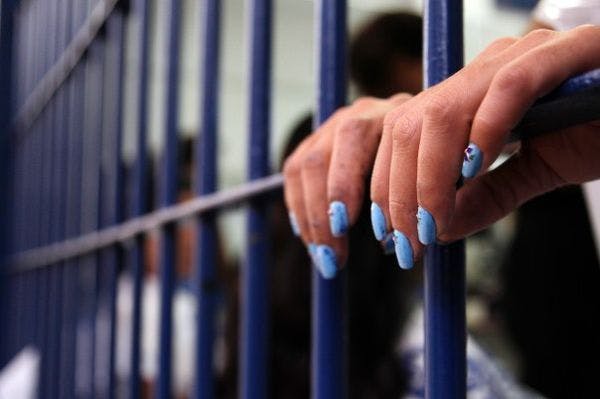Pourquoi y a-t-il une augmentation de femmes derrière les barreaux en Amérique latine?
Le nombre croissant de femmes emprisonnées pour trafic de drogues est directement lié à l’inégalité et à la pauvreté.
Pour en savoir plus, veuillez lire les informations ci-dessous (en anglais).
Abonnez-vous à l'Alerte mensuelle de l'IDPC pour recevoir des informations relatives à la politique des drogues.
By Anastasia Moloney
Ask any female inmate in Latin America how they ended up in prison and there’s a good chance they will reply “drugs”. That’s what most women at Colombia’s largest women's jail in Bogota, known as the Good Shepherd prison, told me when I visited the jail in 2011 and 2013 to see the prison’s annual beauty pageant and interview women who live with their children behind bars.
“Drug dealing seemed the only way out of my money problems at the time,” Sandra Martinez, told me last September, as a toddler chasing a balloon ran across the prison courtyard.
“It's one of those mistakes in life that I’m paying a very high price for," the 23 year old said.
Women imprisoned for drug-related offenses, like Martinez, are behind the surge in the numbers of women in Latin America's overcrowded jails.
Between 2006 and 2011, the region’s female prison population almost doubled – rising from 40,000 to more than 74,000 inmates - according to figures cited by the Open Society Global Drug Policy Programme.
While rights groups say more research is needed, it’s a trend that began in the 1990s following the introduction across most of Latin America of stiffer laws for drug offenses, which have affected women more than men.
Click here to read the full article.
Keep up-to-date with drug policy developments by subscribing to the IDPC Monthly Alert.
